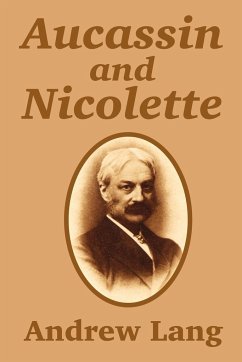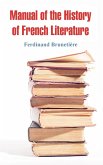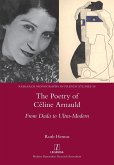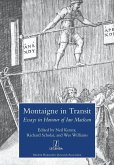A 13th century French chantefable (a story told in alternating sections of sung verse and recited prose), concerning Aucassin, the son of the Count of Beacaire, who falls in love with Nicolette, a captive Saracen turned Christian. Interestingly, the unknown author, who is thought to have been a professional minstrel from northeastern France, mocks both epic and romance in his tale, portraying Nicolette as full of resourcefulness and Aucassin as a lovesick swain.
Hinweis: Dieser Artikel kann nur an eine deutsche Lieferadresse ausgeliefert werden.
Hinweis: Dieser Artikel kann nur an eine deutsche Lieferadresse ausgeliefert werden.








